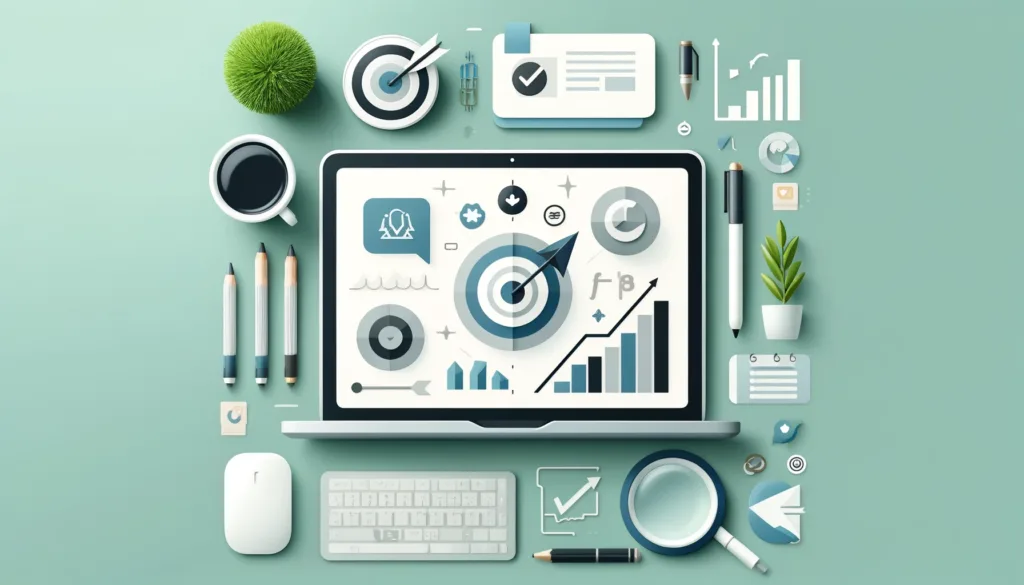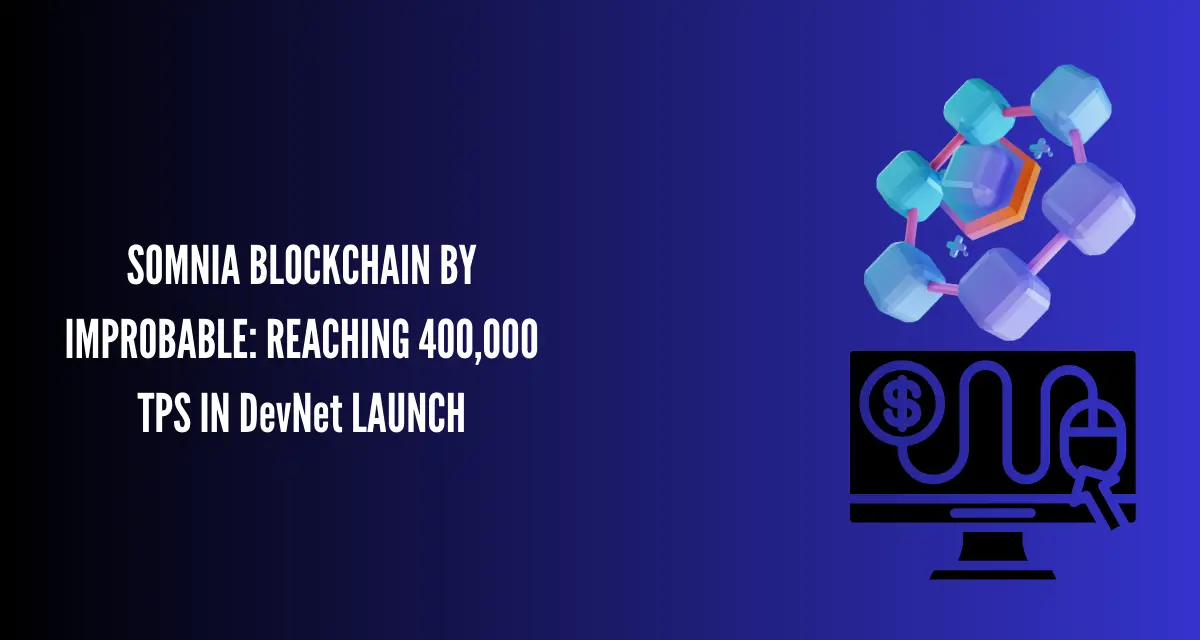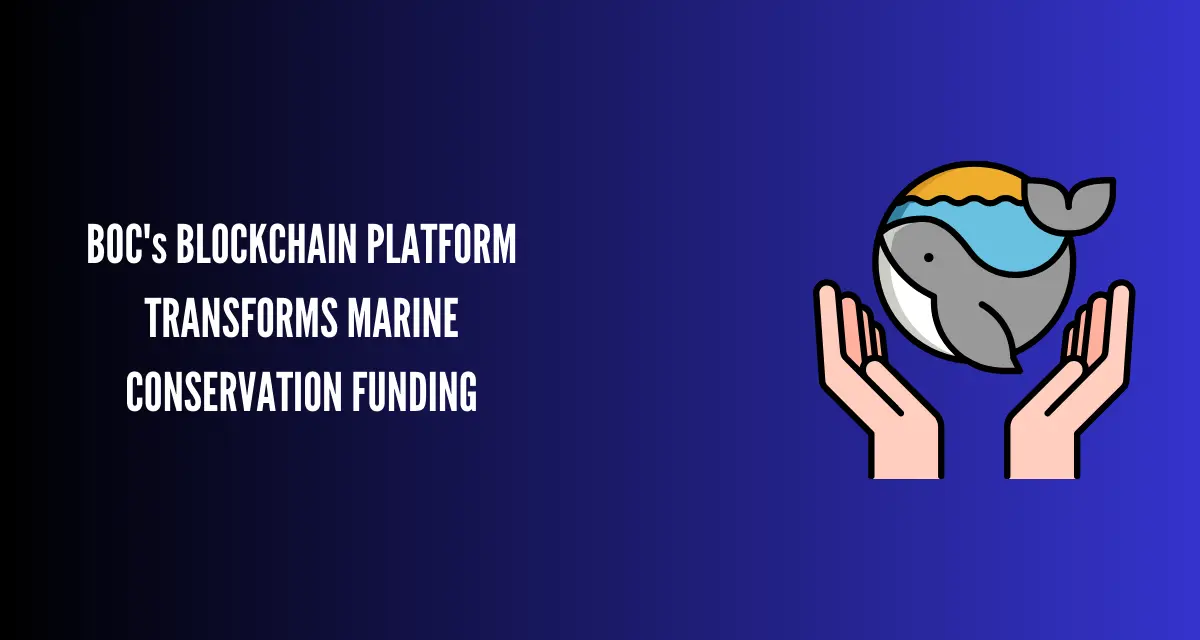Introduction
In today’s digital landscape, having a strong online presence isn’t just about visibility—it’s crucial for impacting your bottom line. Conversion rates are a vital metric for any online business, measuring the ability of your website to transform visitors into customers. Central to driving these conversions is the web design: the art and science of crafting an online space that not only resonates with users but also encourages them to act.
The Psychological Impact of Design on Users
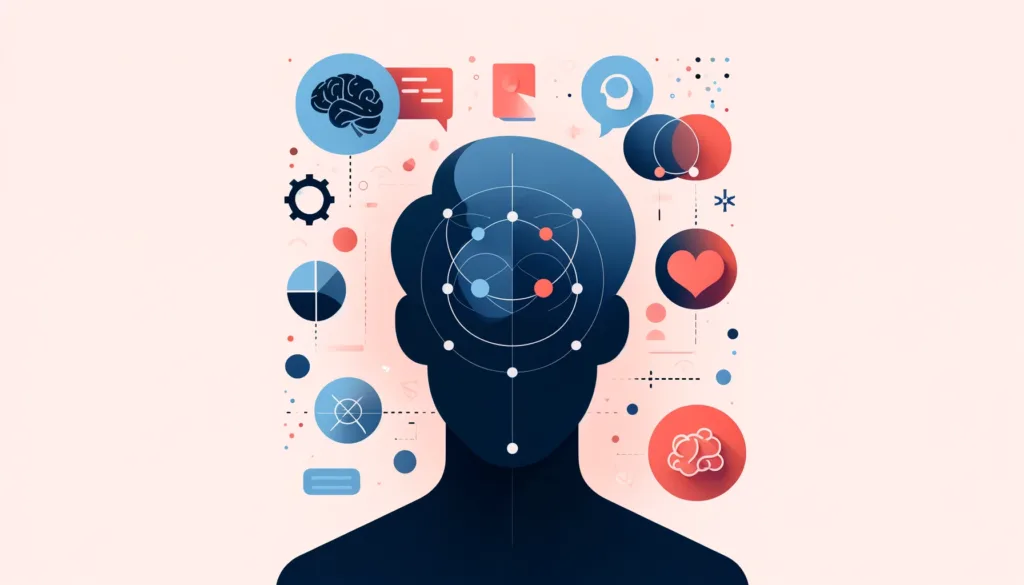
1.1 Emotional Connection Through Design
Effective web design leverages color, typography, and imagery to forge an emotional connection with visitors. These elements are not just visually pleasing; they inspire feelings and responses that can significantly influence decision-making processes. For example, certain colors can trigger excitement or calm, which directly impacts how a visitor understands a brand and whether they decide to engage further.
1.2 Behavioral Psychology and Web Design
Understanding the principles of behavioral psychology is important in web design. Simple tweaks in the layout and interface can guide users toward desired actions, like subscribing or making a purchase. Techniques such as the use of contrast to highlight key areas or strategic placement of call-to-action (CTA) buttons can draw attention and encourage user engagement.
Each aspect of a design should be carefully considered to ensure it aligns with the goals of the website, ultimately enhancing the user’s journey toward conversion.
Advanced Technologies in Web Design

2.1 Artificial Intelligence and Personalization
The integration of Artificial Intelligence (AI) in web design is revolutionizing how sites interact with users. AI can analyze user behavior and tailor experiences uniquely to individual preferences, which significantly boosts the likelihood of conversions. For example, AI-driven chatbots can provide personalized assistance, while machine learning algorithms can suggest products that align with the user’s past behavior.
2.2 Augmented Reality and Interactive Experiences
Augmented Reality (AR) is another technology enhancing user engagement through interactive experiences. By allowing users to visualize products in their own environment, AR bridges the gap between online shopping and physical reality, making it an invaluable tool for e-commerce websites. This immersive approach not only captivates users but also aids them in making informed purchase decisions, leading to higher conversion rates.
Incorporating these cutting-edge technologies into web design not only meets the current demands of tech-savvy users but also sets a foundation for future advancements.
The Role of Accessibility and Ethical Design
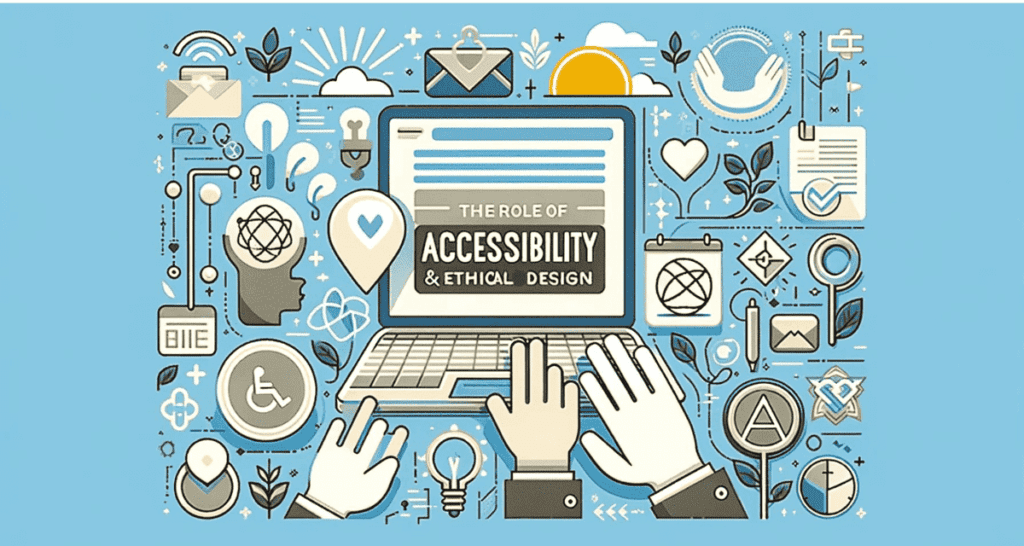
3.1 Designing for All: Accessibility Standards
Web accessibility is not just a good practice; it’s a necessity. By adhering to accessibility standards, websites ensure that they are usable by people with disabilities, which can encompass visual, motor, auditory, or cognitive impairments. Implementing features like text-to-speech, keyboard navigation, and high-contrast visuals can make a website more accessible. This inclusivity not only broadens the audience reach but also reflects positively on the brand’s values.
3.2 Ethical Considerations in Design
Ethical design goes beyond aesthetics and functionality; it involves creating honest interfaces that do not attempt to trick users into taking actions they might not intend (known as “dark patterns”). Ethical web design fosters trust and reliability, which are crucial for long-term customer relationships and, consequently, sustained conversion rates.
This section emphasizes the importance of designing responsibly and inclusively to enhance user satisfaction and loyalty, which directly influences conversion rates.
This might help you more about Minimalist Web Design Benefits.
Optimization Strategies for Conversion
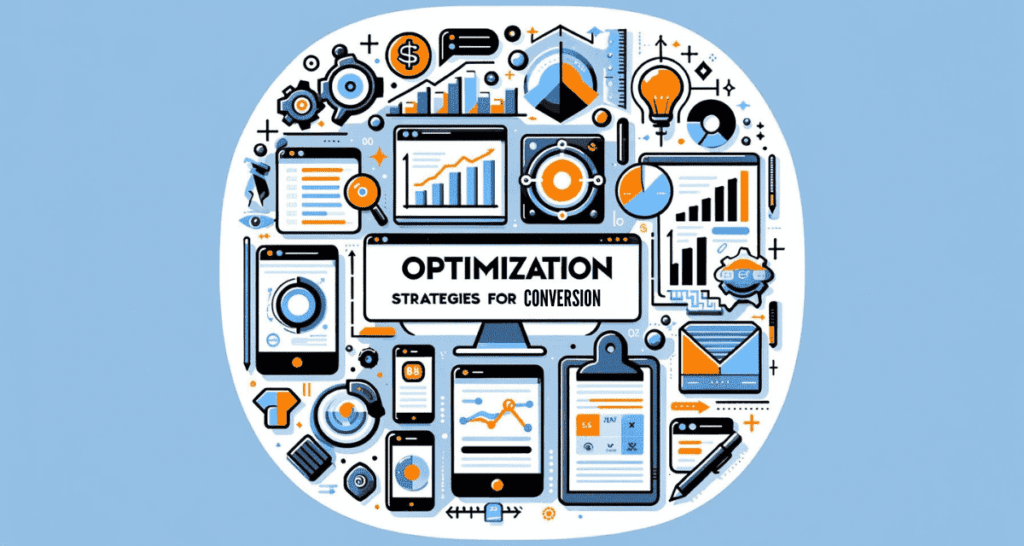
4.1 A/B Testing and Design Adjustments
A/B testing is a powerful strategy for improving web design to maximize conversion rates. By comparing two versions of a webpage, designers can determine which elements perform better in engaging users and encouraging conversions. This iterative process helps refine web elements like layouts, graphics, and CTAs based on real user data.
4.2 Performance Metrics and Analytics
To effectively enhance conversions, it’s essential to monitor specific performance metrics. Tools like Google Analytics offer insights into user behavior, bounce rates, and conversion paths. By analyzing this data, web designers can make informed decisions to optimize the user experience and increase conversion rates.
This section underscores the importance of continuous improvement through testing and data analysis to ensure that web design not only meets current user expectations but also anticipates future needs.
How Web Design Influences SEO in 2024 will be better to look at first.
Conclusion
In conclusion, the relationship between innovative web design and conversion rates is undeniable. By understanding and applying psychological principles, leveraging advanced technologies like AI and AR, ensuring accessibility, and adhering to ethical design standards, businesses can significantly enhance their online presence and conversion rates. Moreover, continual optimization through A/B testing and analytics is vital to stay ahead in a competitive digital landscape.
By investing in these areas, businesses not only improve their website’s effectiveness but also build a trusted brand that resonates with diverse audiences. Thus, innovative web design is not just about aesthetics—it’s a strategic tool for boosting business success.
Author

Olivia, our Design Professional , crafts digital landscapes that captivate and resonate. With an artistic flair and a penchant for user experience, he turns visions into visually stunning, user-friendly websites.
View all posts

